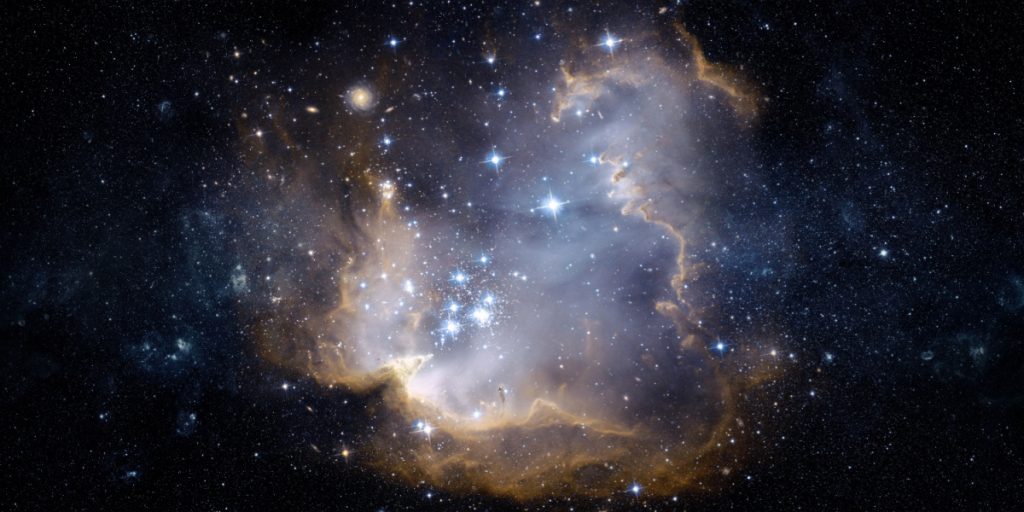German astronaut Ulrich Walter believes in the existence of extraterrestrial life – but we may never be able to communicate with it.
Others are reading now
Imagine a universe bustling with life, hidden within the vast expanse of stars and galaxies.
This isn’t just a scene from a sci-fi movie, but a possibility that excites scientists and space enthusiasts alike. German physicist and former astronaut Ulrich Walter is convinced of the existence of extraterrestrial life.
Yet, he brings us back to Earth with a sobering thought: we may never get to say “hello” to our cosmic neighbors.
Ulrich Walter, who recently turned 70, shares a fascinating yet bittersweet perspective.
Also read
“There are some, but we will never meet them. We will never communicate with them ourselves. But they must exist,” says Walter. “Only logic requires it, because there are an almost infinite number of other planets.”
Extraterrestrial Life in Our Galaxy Is Unlikely
Our home galaxy, the Milky Way, which Walter refers to as the “accessible part” of the universe, seems to be a lonely place.
“We’re usually the only ones there. If so, then there are not many of them, maybe ten or so, but even then the distances are so great that other people’s signals disappear into the galactic noise,” Walter explains.
The dream of hopping on a spaceship and visiting our neighbors is dashed by the reality that such journeys would take over 10,000 years, even to the nearest stars.
Life’s Building Blocks Are Universal
Water, carbon, and energy form the essential trio for life, not just on our planet but across the cosmos.
“The basis of biological life exists everywhere. The improbability lies, firstly, in the fact that such a planet should receive exactly the right amount of energy from another sun-like star.,” Walter explains.
Creating the first cell from inanimate material marks a pivotal moment in the emergence of life, a process that’s closely linked to DNA, the essential building block for all life as we know it.
Ulrich Walter explains further, “There is only one chemical element, silicon, which can build strands of information similar to carbon.”
But there’s a catch when it comes to life based on silicon: it’s not as stable as carbon, and silicon dioxide, which is a major byproduct, is solid and doesn’t dissolve like carbon dioxide does.
“So silicon can’t store that amount of information, and it doesn’t have the right chemical environment,” says Walter, shedding light on why imagining life that isn’t carbon-based is so challenging.
What Could Extraterrestrial Life Look Like?
Ulrich Walter keeps the mystery alive about our potential cosmic neighbors, often dubbed “little green men.”
Just like us, they would require a way to ingest food and dispose of waste to support their metabolism. The realm of biology shows us the vast array of life forms carbon chemistry can produce.
“And they’re everywhere in space.”


